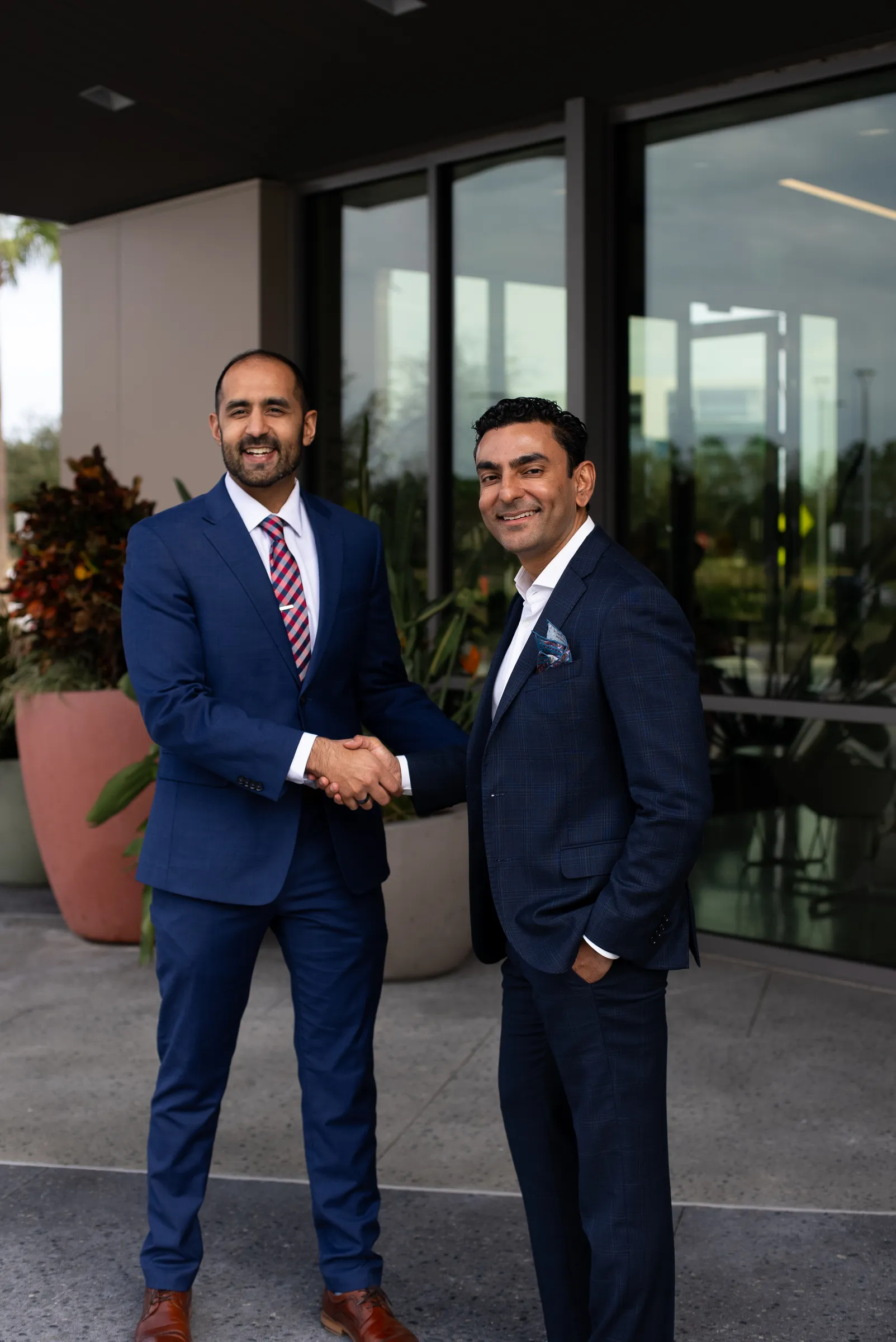
Halos are bright circles that appear to surround a source of light, such as an oncoming car’s headlights. Glare is light that enters your eye but instead of helping you see better it ends up interfering with your vision, such as a camera’s flash.
Causes of Halos and Glare
Halos typically occur when your surroundings are mostly dim or dark whereas glare is more likely to happen during the day. Halos and glare can be a normal response to bright lights or, in some cases, can be the result of a more serious eye problem.
Halos are a common issue associated with cataracts. Cataracts are the clouding of the lens in the eye that affects vision. A cataract can occur in either or both eyes and most cataracts are related to aging and, therefore, are very common in older people.
Halos and glare can be caused by eye problems that keep the eye from properly focusing light onto your retina (the thin lining located in the back of the eye). Common eye problems that can cause halos and glare include:
- Nearsightedness (difficulty seeing things far away)
- Farsightedness (difficulty seeing things nearby)
- Presbyopia (difficulty seeing things nearby due to aging)
- Astigmatism (blurred vision due to irregular shape of the eye)
Some corrective eye procedures can also result in halos and glare in rare cases. These can include procedures such as LASIK and PRK. The modern forms of eye surgery are much less likely to produce glare and halos than older procedures, but a small risk still exists.
Treatment for Halos and Glare
Depending on the cause of the halos or glare, you may be able to treat the issues on your own, or you may need the help of an eye doctor. Simple ways to reduce glare include:
- Sunglasses
- Using car visors while driving
- Specialized lenses in your glasses or contacts
Operative Treatment for Halos and Glare include:
Vision Correction
If you have a vision problem such as nearsightedness or farsightedness, where your eyes don’t focus light on your retinas properly, wearing glasses or contact lenses can help.
Cataract Treatment
The symptoms of early cataracts may be improved with new eyeglasses, brighter lighting, anti-glare sunglasses or magnifying lenses. If these measures do not help, surgery is the only effective treatment. Surgery involves removing the cloudy lens and replacing it with an artificial lens.


